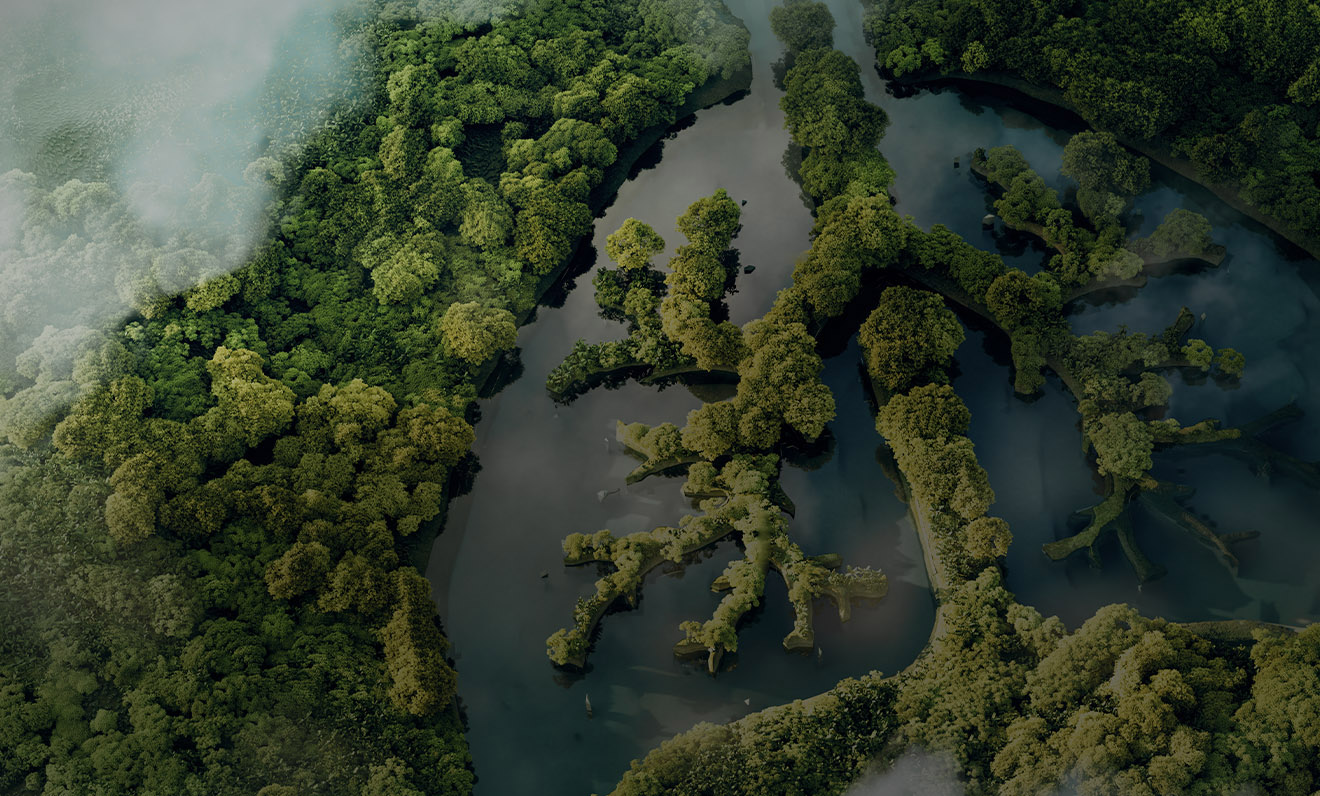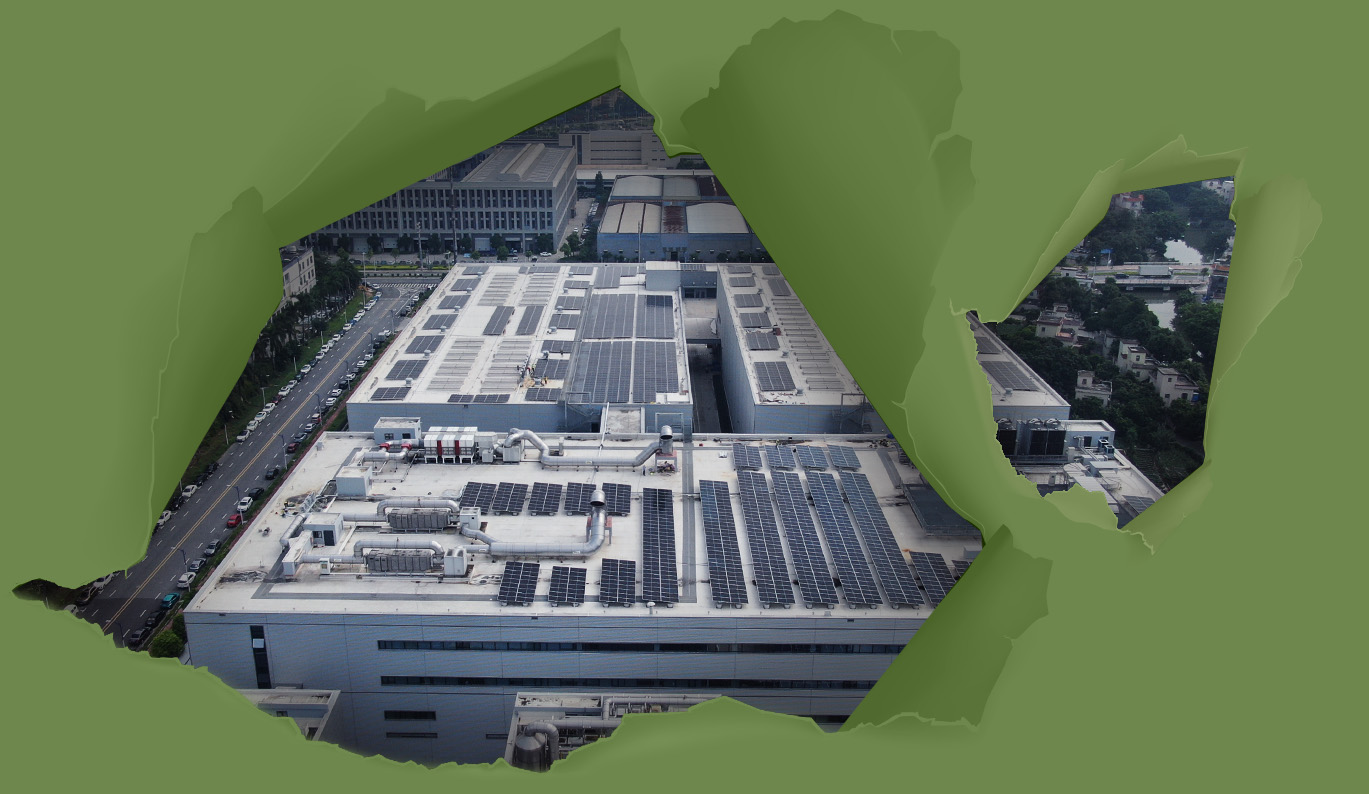

It’s been a wonderful October day with non-stop sunshine and barely a cloud in the sky. It’s also been a wonderful day for energy production. The recently installed photovoltaic system on the roof of Freudenberg Filtration Technologies’ Shunde production site has generated just above 5,000 kWh, saving over three metric tons of CO2 more than it did on a normal production day just a few weeks ago.

These measures are important steps towards achieving Freudenberg Filtration Technologies’ ambitious targets. These include covering 30 percent of energy consumption with renewable sources by 2025 and for the entire company to become climate neutral by 2039 (11 years earlier than required by the United Nations).
“Our economy is facing perhaps the most fundamental change of the last 250 years,” says Dr. Matthias Waldenmaier, Global Director QHSE at Freudenberg Filtration Technologies. “As a technology group, we see it as our duty to lead the way and position ourselves in order to maintain stability in the future.” However, the efforts extend far beyond switching to new sources of energy. Freudenberg has committed itself to 10 of 17 UN goals, focusing on Human Rights, Labor Standards, Environmental Protection, and Anti-Corruption. As a global company, Freudenberg is aiming to promote aspects of everyday life in its activities, including clean water, the protection of biodiversity, and the reduction of inequality.
The footprint includes all those resources consumed to produce products and provide services. The aim is to significantly reduce energy and material consumption, as well as to continuously reduce waste, scrap, and emissions.
The handprint refers to the positive impact that products and services can make by saving energy and increasing the operating efficiency of filtration systems or reducing the frequency at which filter elements must be replaced. Freudenberg Filtration Technologies’ innovative solutions are designed to give customers the power to reduce emissions and / or immissions and operate in an energy-efficient manner.
says Dr. Waldenmaier. “This is in keeping with our tagline ‘innovating together.’ After all, global warming can only be contained if the entire economy succeeds in reducing greenhouse gases.”
The majority of emissions at Freudenberg Filtration Technologies are generated by electricity consumption and so this is where there is the greatest potential for leverage. It is for this reason that the company made an early start on gradually converting to electricity from renewable energy sources, including regional wind and solar farms. Freudenberg’s production sites obtain their electricity from such farms under bilateral contracts. During the selection process, care is also taken to ensure that the farms are stat-of-the-art and that they generate energy with maximum efficiency.
Specially installed PV systems, such as the one on the roof of the Shunde production site, are another source of electricity. Measuring 9,500 m2, it has been generating around 2 million kWh of electricity a year since September 2022, which corresponds to a saving of over 1,100 t of CO2.
Optimizing production sites’ energy consumption is another building block for greater sustainability. Freudenberg’s internal “Be Energy Efficient” project identified energy-saving potential at the Hopkinsville (USA), Suzhou (China), and Potvorice (Slovakia) plants. These sites will serve as a basis for energy management and additional measures in the future. The plant in Kaiserslautern (Germany) also recently underwent an external assessment. A number of small-scale optimizations (focusing on heating, energy-efficient production, and logistical processes) were made, resulting in demonstrable energy savings, which in turn significantly reduced the site’s CO2 emissions.
In addition to these local projects, more efficient processes with a wider geographical scope are optimizing waste and dust emission reduction and reducing resource consumption by recycling, conserving water, and treating water systematically.
The move towards CO2-neutrality and resource-efficient production is not easy.
It is perhaps one of the biggest tasks the Freudenberg Group has faced in its history. It is clear that this task is both important and the right course of action, which is why Freudenberg Filtration Technologies is approaching it with considerable ambition and even greater ingenuity. And it is doing so with a talented team that is always finding new ways and potential to facilitate the transition to a sustainable future without fossil fuels.